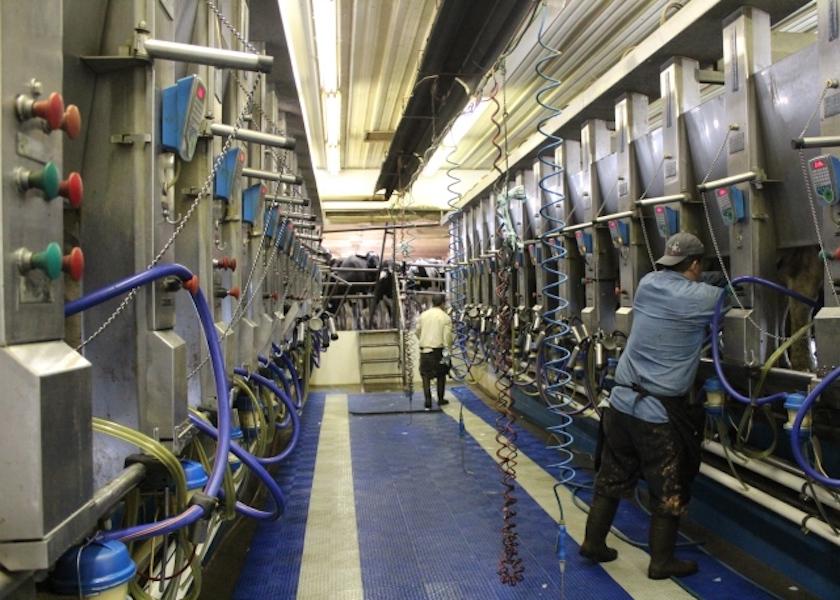3 Tips to Ward Off Udder Edema

Udder edema: We see it all the time, but how much of a toll does it take on our animals?
Research has shown that nearly two out of every three cows will experience udder edema at least once in their lives, and it’s becoming a growing animal welfare concern, as reported by Cora Okkema and Temple Grandin, both at Colorado State University.
According to a recent Journal of Dairy Science article, udder edema is a noninfectious metabolic disorder that is present in a high percentage of dairy cows. Some of the factors associated with this disorder include genetics, nutrition, oxidative stress and physiological changes in freshening heifers.
Though this metabolic disorder might seem harmless, studies have shown that udder edema can negatively affect the productive life of an animal. Support structures within the udder may begin to break down due to tissue damage, and milk production may be reduced due to fluid buildup in tissue spaces. Risk of secondary diseases, such as mastitis or udder cleft dermatitis, is also increased. In severe cases, damage could lead to premature culling.
While udder edema is a common occurrence on dairies, there are several methods to help prevent it from happening:
Lower Salt Intake
Excessive salt in the diet has been shown to increase the prevalence of udder edema in dairy cattle. To better minimize this, try providing a separate diet for late-gestation heifers to help monitor their anionic salt intake. Different forms of anionic salts include sodium chloride, magnesium sulfate, calcium sulfate, ammonium sulfate, calcium chloride, ammonium chloride and magnesium chloride. Animals who consumed these salts tended to develop edema sooner and took longer to recover. Take time to talk with your nutritionist to help formulate an appropriate diet for your pre-fresh animals.
Reduce Oxidative Stress
Oxidative stress is defined as a disturbance in the balance between the production of reactive oxygen species (free radicals) and antioxidant defenses. It occurs when oxygen is not reduced to water during metabolic processes and can enhanced tissue damage.
To help combat this, be sure exogenous antioxidants such as vitamin E, vitamin C, carotenoids and flavonoids, along with amino acids, are provided in the diet to help prevent oxidative stress from occurring.
Genetic Selection
Unfortunately, some animals are genetically predisposed to udder edema. This especially holds true in higher producing cows. Because udder edema causes deterioration of udder support structures, it may be beneficial to select for improved udder conformation traits to increase the likelihood that an animal recovers from a severe case. Try selecting bulls that are shown to improve udder cleft, udder depth and udder balance.
Though it’s unlikely producers will be able to completely eliminate udder edema from their herd, it can be reduced on a short-term basis by adjusting nutrition and on a long-term basis, possibly, by shifting genetic selection parameters.







